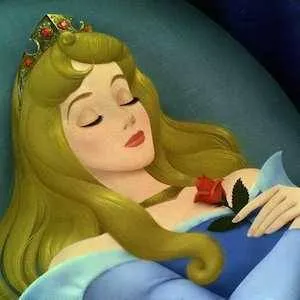
Why Do We Sanitize Fairy Tales?
Over the summer, I picked up a teaching job in Brooklyn where I instructed children ages 7-15 on reading comprehension, long and short vowels, and misplaced modifiers, among many other skills. One day, in my class of ten and eleven-year-olds, we came across a passage that was about the biography of The Brothers Grimm. Much to my surprise, these children knew about the darker origins about certain fairy tales. For example, “Cinderella” does not just end with Cinderella getting the prince and her evil stepsisters crying somewhere in a corner. Oh no, they get their feet mutilated after trying to force themselves into the glass slipper, and their eyes are pecked out. In “The Little Mermaid,” Ariel doesn’t lose her voice but rather her tongue is cut out in exchange for a pair of legs. In “Sleeping Beauty,” she is raped by the king–who also happens to be married– while she sleeps. Sleeping Beauty gets pregnant with twins and the wife tries to not only kill and cook the children for the king to eat, but also burn Sleeping Beauty at the stake, but to no avail.
As my students told about the true meaning of these stories, I sat back in my chair in amazement. I’ve heard about the real fairy tale stories a long time ago but I was stunned by how they talked about the violence with zest in their voices. Why weren’t they terrified? When I was their age, I would’ve been terrified, to say the least. I remember watching The Hunchback of Notre Dame as a child and being traumatized by how cruelly Quasimodo was treated. It was only a year ago that I had actually read the novel and wondered what in the world the people over at Disney were thinking in trying to present this story to children.
But what does our sanitization of certain fairy tales reveal about our culture?
First, during The Brothers Grimms’ time, women used to pass down stories from generation to generation in order to break the monotony of household labor. However, once industrializaton became more widespread, this rich storytelling tradition was in danger of becoming obsolete. As a way to “save” it, The Brothers Grimm collected bits and pieces of these stories from relatives and friends.
Secondly, the original fairy tales were not meant for children whatsoever. However, because the brothers wanted to be successful, they began to purify their stories. Wilhelm, for example, imbued more Christian tropes inside the tales, such as incorporating angels and devils, and removed the sex. However, the violence remained. Why? Arguably, children learn that the “bad guys” always have to face retribution for their actions. Even simpler—maybe kids just like violence.
However, I think there is something to be said about sanitization and how it may function in a child’s mind. These fairy tales and bedtime stories promote an image of a black-and-white world where the bad and good guys are clearly identified very early on. As a result, children come to expect that the bad guys will get all the misfortune in the end. But life doesn’t work this way. Good and bad people are one in the same coin. Our characters change depending on the circumstance and the motivation behind it.
I don’t advocate for telling children that Sleeping Beauty gets raped in her sleep; however, I do think children should know about her being attacked by the seemingly good and handsome prince. It’s confusing, but from that bewilderment, children can start to see how they shouldn’t trust the puritanical arc of a story. It might be good to plant the seeds about agency and consent early on, too. From there, children and parents can learn that the humanity is complex and filled with many twists and turns just like a story.
Things happen. Life happens. A world full of king and queens, ghouls and dwarves, bad guys and talking animals is fine. The problem lies in execution. Every character should contain a shade of two opposite traits and we may do children a disservice by giving them filtered representations of people. The truth is, these children will carry these ideas into adulthood. As a grown woman, I’m still reading articles written by other adult women about the damaging stereotype of the princess in Disney-fied fairy tales. These stories do stick. But let’s make sure that when they do, it will be because of their fullness, not their complete white-washing.











